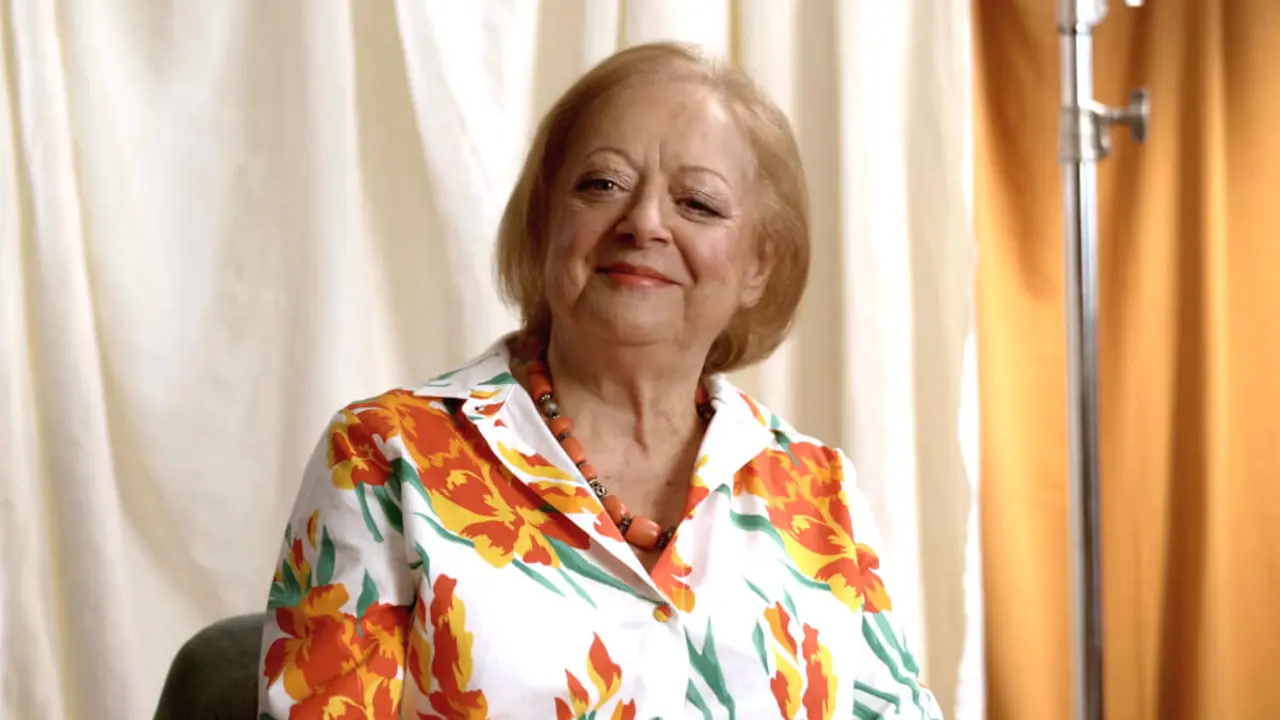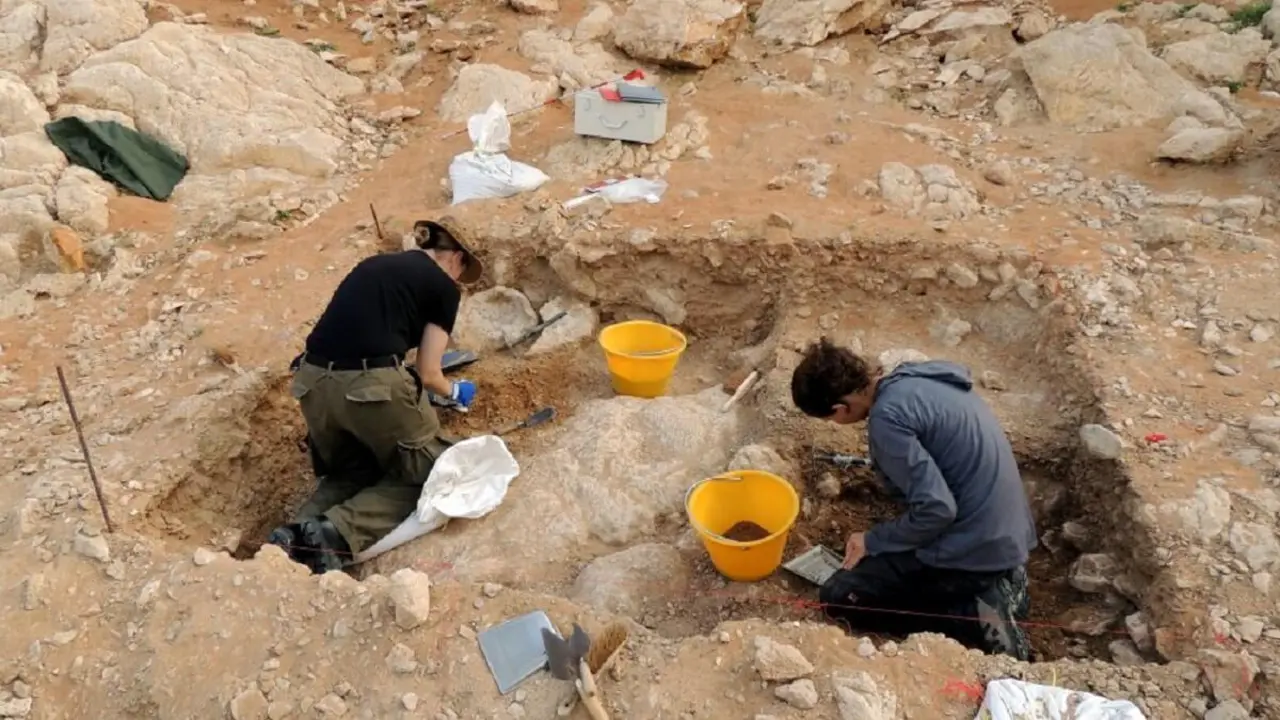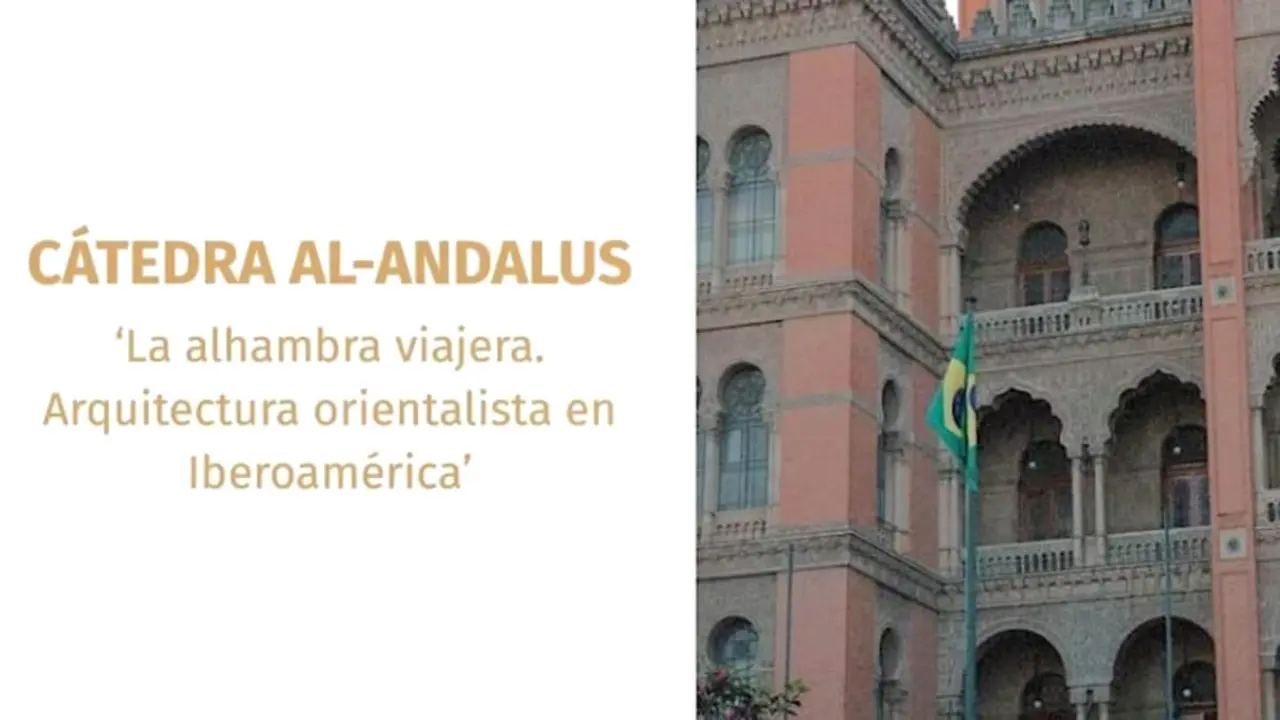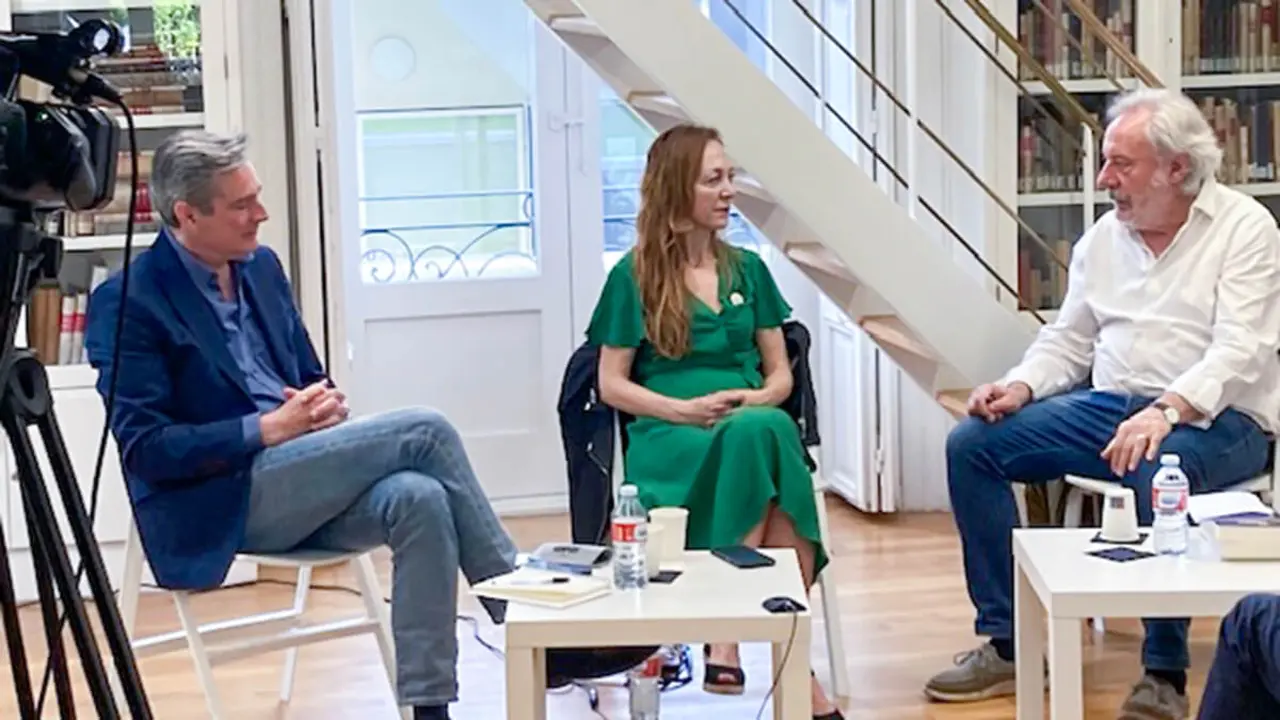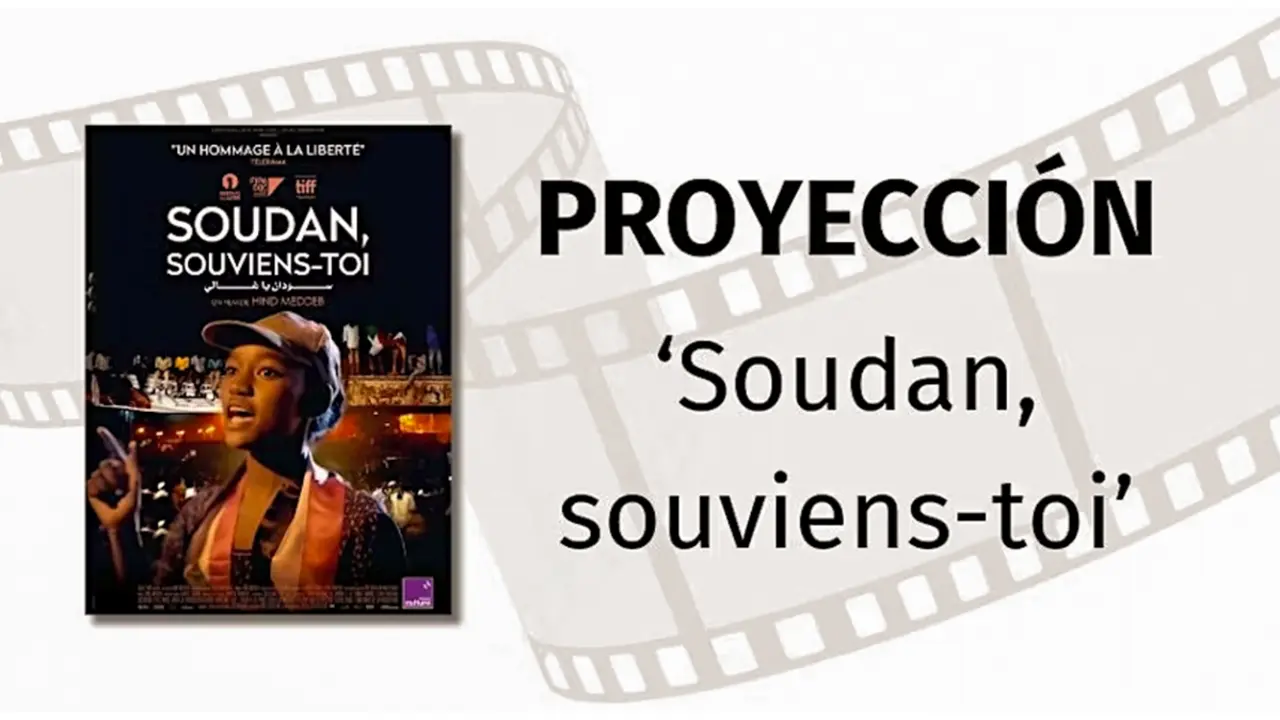CosmoCaixa redefines itself and reopens on June 15
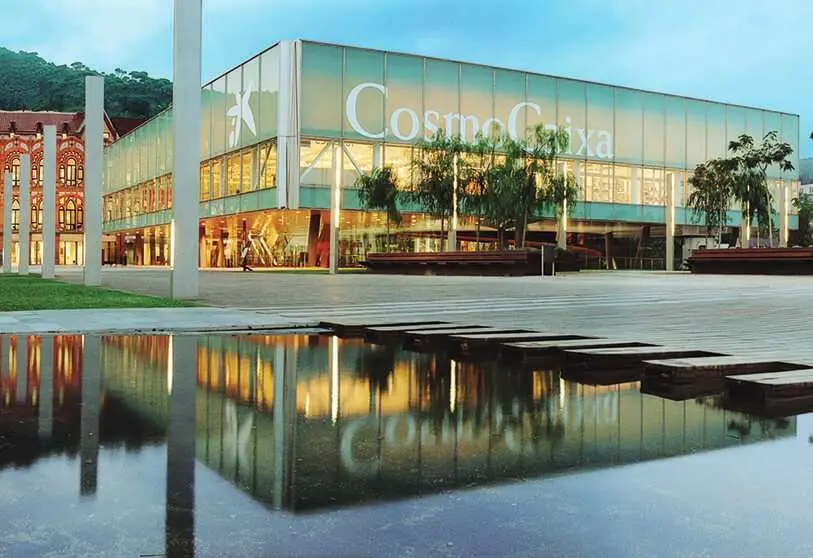
"la Caixa" Foundation announces CosmoCaixa's reopening from next Monday, June 15. In this way, the science museum resumes its activity with the triple objective of guaranteeing health safety, reinforcing the comfort of the public throughout the visit and strengthening the quality that characterizes all the entity's projects. "la Caixa" Foundation's science museum will once again welcome visitors, meeting all the requirements laid down by health authorities in the face of the COVID-19 crisis and reinforcing the cleaning and disinfection work. Access to the centre will also be possible through the online advance ticket sales by time slots.
Thanks to the automation of some of the modules, programmed to operate without manual intervention, and to the direct action of the mediators, visitors will be able to access more than 80% of CosmoCaixa's spaces, 12,000 square meters, of which 6,000 correspond to exhibition spaces.
It was closed on March 14 as a result of the health crisis. During the reopening, educators will be present throughout the centre's opening hours to guide visitors and resolve any doubts they may have regarding the permanent content of the museum.

"The reopening of CosmoCaixa has been a great challenge, as it is a very interactive museum. We have worked to turn the visit into a renewed experience that provides citizens with an experience based on safety, comfort and quality. The presence of educators throughout the tour and the automation of some facilities will allow the visit to continue to be enriching for all audiences," stressed the Deputy Director General of la Caixa Foundation, Elisa Duran.
The Universe Room will allow us to take an exciting journey through science, from the 'big bang' to the last frontiers of knowledge; it will be possible to enter the heart of the Amazon jungle through a tour of the Flooded Forest; we will be able to get to know the geology of the planet through the Geological Wall, and discover what the flora and fauna of the Iberian Peninsula was like 9 million years ago, in the temporary exhibition 'Sabres and mastodons', which will be on display until 3 October 2020. In addition, a tour of the Plaza de la Ciencia, with nine open-air modules, completes one of CosmoCaixa's priority objectives: to stimulate curiosity about science in all audiences.
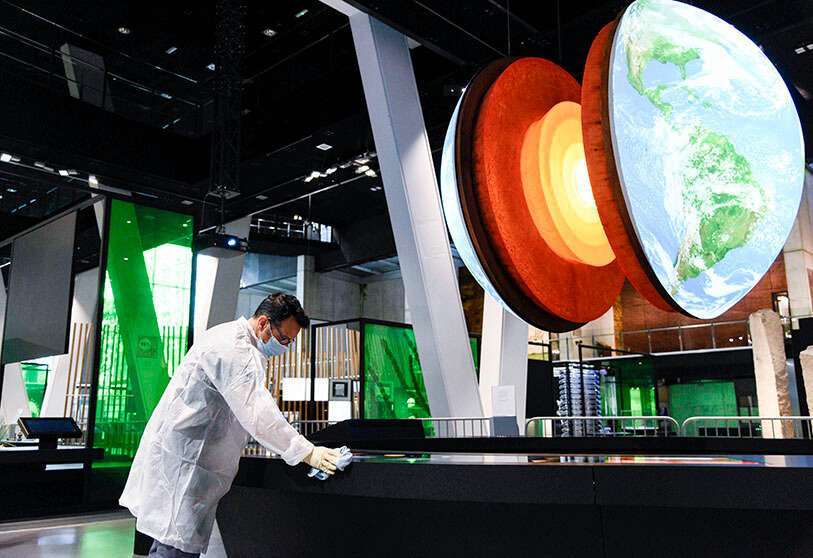
In addition, as a classic of the summer nights, the square will host the projections of the cycle 'Mutations within the CosmoNights'. In total, nine sessions of science fiction films that address issues such as body and technology, brain mutations, multiple and parallel realities, and genetic cloning, among others.
The use of masks and hydroalcoholic gel will be compulsory for access to the exhibition rooms, with dispensers located throughout CosmoCaixa. Following the regulations set by the health authorities, visitors will be able to access the center individually or in family groups, always maintaining a safety distance of two meters. The cafeteria and the shop of CosmoCaixa will be open, but the locker-guardian services will not work. There will also be no guided tours. CosmoCaixa will reopen in regular hours.
These are the exhibition spaces that can be visited in CosmoCaixa from June 15th:
Sala Universo, the heart of the museum
The visitors of the permanent space that constitutes the heart of the museum will be able to experience an exciting journey through science from the 'big bang' to the last frontiers of knowledge, a journey that will stimulate their scientific curiosity through the 143 modules that make up this room, which is divided into three main areas: Cosmos, Evolution and Frontiers. The three areas are linked by a central piece, a globe whose aim is to remind visitors of their status as inhabitants of the planet.
The Flooded Forest, a singular space
Visitors have the opportunity to immerse themselves in the Amazon and feel as if they were in the middle of the jungle in this unique space of CosmoCaixa. The flooded forests of the Amazon are one of the most important habitats on the planet. This space shows that valuable and fragile ecosystem by recreating the open river, the land or the air environment typical of the Brazilian rainforest.
The Geological Wall, the geology of planet Earth
Formed by seven large rock cuts of different origins, it occupies a wall of 65 metres in length and allows us to see sections of rock with geological structures that can be found anywhere in the world. Surface processes produced by the action of water and wind can be observed here, as well as the collision of the continents, the birth of a rock, etc. These are processes that originate the geology of planet Earth.
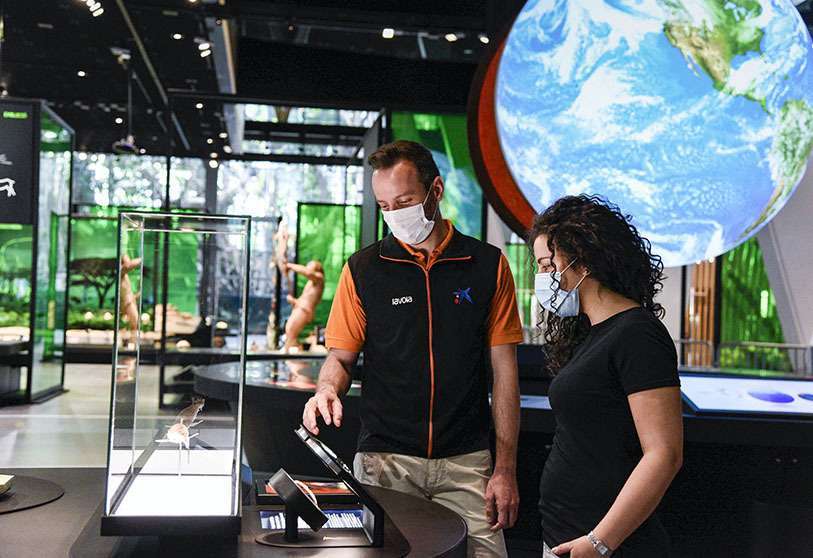
The most beautiful story of the cosmos, a journey of 4.5 billion years
The installation, almost one kilometre long, provides a tour of biological evolution, from the birth of the Earth to the glacial fauna, from 47 fossils showing the 27 ephemerides of evolution. You can see such curious pieces as dinosaur femur fossils measuring almost one and a half metres, flying reptiles and giant insects dating from 315 million years ago.
Sables and mastodons', temporary exhibition
The exhibition allows visitors to take a journey into the past to learn about the fauna that inhabited the centre of the Iberian Peninsula and to contemplate unique original pieces of the animals that lived there. 9 million years ago, the current interior of the peninsula was populated by an infinite number of animals now extinct, among which one great predator stood out above all others: the sabre-toothed tiger, a feline with a specialized constitution for killing large prey. Until 3 October 2020.

Science on the street
The Plaza de la Ciencia is a public space for sharing science from the street. Thanks to the six large modules that explain various scientific topics, you can understand the theory of chaos, discover why it is hot in the northern hemisphere and cold in the south in summer, or understand how solar sunflowers work and the energy they generate, among others.



